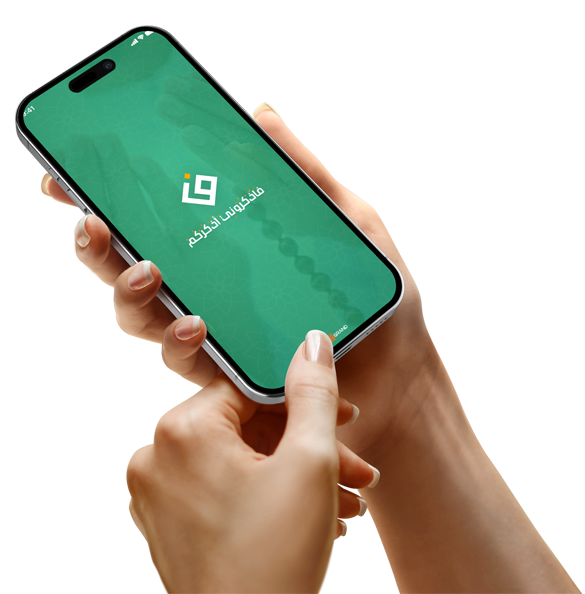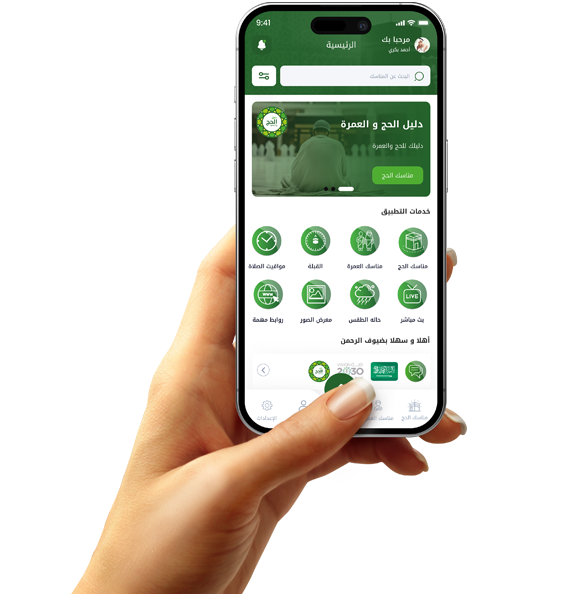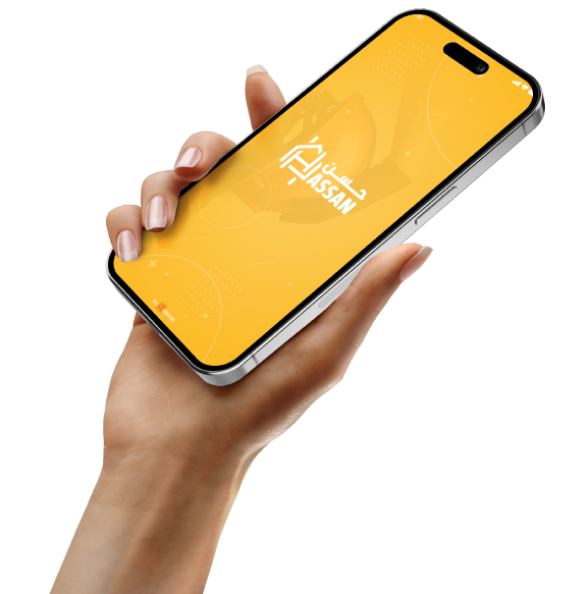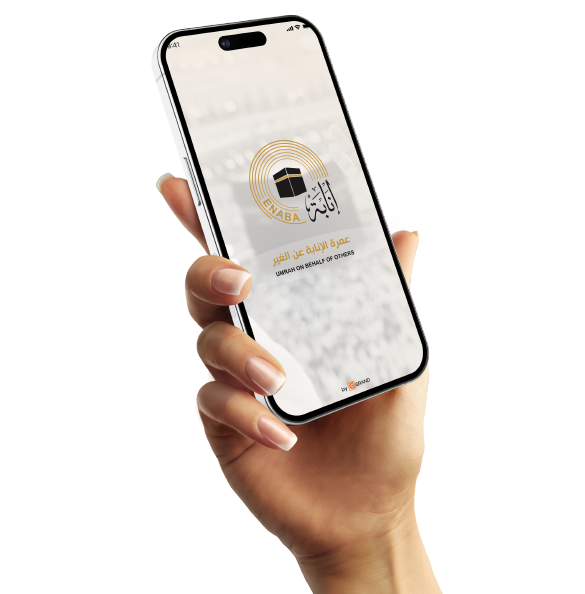Building trust starts with similarity between reality and application.
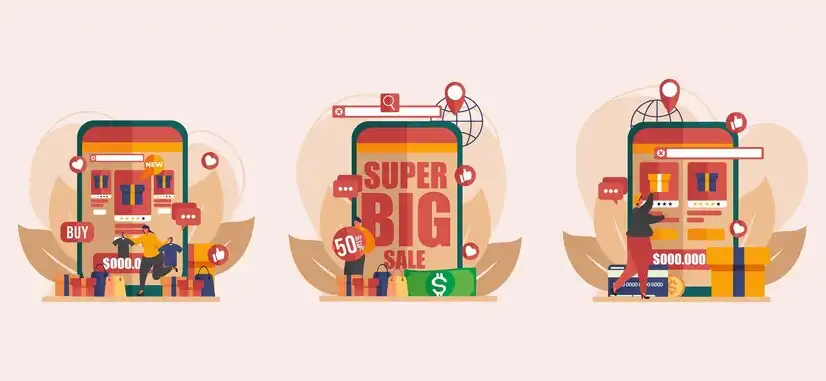
When a customer sees your app as an extension of your real-life service
In the business world, trust is built when the customer feels that every touchpoint is the same, and that what they see in the app is not just a digital design, but a direct extension of their experience with you in real life. This harmony between reality and the app isn't built haphazardly; it must be intentional and carefully planned.
Think about designing an app for a high-end restaurant offering a luxurious in-store experience. If the customer enters the app and finds a poor design, bland colors, and unprofessional food photography, they will be surprised. The discrepancy between reality and the app creates doubt and undermines trust, even if the service is excellent in real life.
The goal here is not just to transfer the service to the app, but to transfer the "feel" of it. If you care about the appearance in real life, pay equal attention to the user interface. If you pay attention to detail when presenting your product, do the same when displaying it in the app. Similarity in tone, arrangement, and presentation style creates psychological comfort for the user.
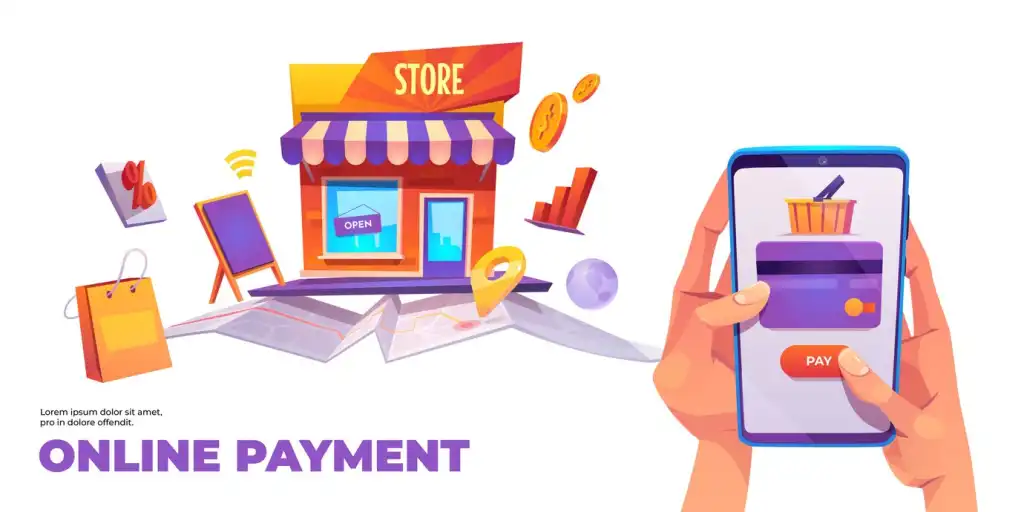
Customers don't like surprises... The app should resemble reality.
When using an app, customers don't want to feel like they're in a completely different environment than the one they're used to in real life. Digital surprises, whether in design or service delivery, can confuse them or shake their trust in the brand. Therefore, similarity between what they see in the app and what they're used to in real life is not an option; it's a necessity to build trust.
If you own a store with an elegant design and thoughtful product arrangement, it's unreasonable to enter the app to find a mess of categories or poor-quality images. Such a discrepancy makes the customer feel like there's a disconnect between the real and digital experience, making them less motivated to purchase or interact.
The opposite is also true. When customers see the same colors, the same product presentation, and the same welcoming style, they immediately feel like they're in a familiar place, which fosters comfort and belonging. This positive impression is key to trust. A good app doesn't surprise; it reassures.
Even small details, such as the way you respond to in-app inquiries, should reflect your employees' tone, interest, and speed. Consistency in language, clarity in service, and consistency in appearance all build a bridge of trust between the user and the digital experience.

From the first click, does the customer feel familiar with the place?
When a customer enters your app for the first time, the impression they make in the first few seconds is the most important. If they don't feel familiar, similar to the brand they know in real life, they'll begin to doubt it, and their digital relationship with you will weaken before it even begins. This is the fundamental reason why similarity between the real world and the app isn't just aesthetic; it's a direct gateway to building trust.
Think about a visitor who's used to entering your branch or store. They know the colors, the style, the welcome, and even the layout of the displays. Now, when they open the app, do they feel the same familiarity? Do they find the same spirit? Or do they think they're dealing with a different business?
Consistent visual elements—such as the logo, colors, and fonts—create a sense of continuity, as if the customer hasn't moved from the real world to a different world, but has completed the same experience digitally. Similarly, the way the phrases are written within the app should be an extension of your familiar voice.
Even if the way you process orders or book appointments differs significantly from your actual process, this can confuse the user, potentially hindering their decision-making or undermining their confidence in your professionalism. Consistency in the experience makes your customer feel like you're handling things the same way, everywhere.

A good app doesn't confuse, it confirms what customers already know about you.
Customers build mental images of your brand through their real-life interactions with you. Whether you offer a product or a service, the reception, quality, attention to detail, and overall style all create a stable image in their minds. When this relationship is transferred to the app, even the slightest mismatch between the real world and the digital design confuses the customer and erodes their trust.
Your app shouldn't add new doubts; it should confirm what the customer already knows. They should feel like this is the same team, the same approach, and the same professionalism they've dealt with before. This comes not only from the look and feel, but also from the interaction, the content arrangement, the simplicity of the steps, and the response style within the app.
If the customer is accustomed to a quick response in real life, they should find the same speed within the app. If they're accustomed to clear service explanations, they shouldn't be confused by an interface filled with technical terms or obscure menus. Every difference sends an implicit signal saying, "This is a different place," and that's where the loophole begins.
Most importantly, the consistency of the experience gives the user the sense that things are under control and that there's a single entity behind everything they see—whether on the ground or on the screen. This sense of consistency enhances a sense of security and increases the likelihood that the customer will complete their digital journey with you with confidence and comfort.





